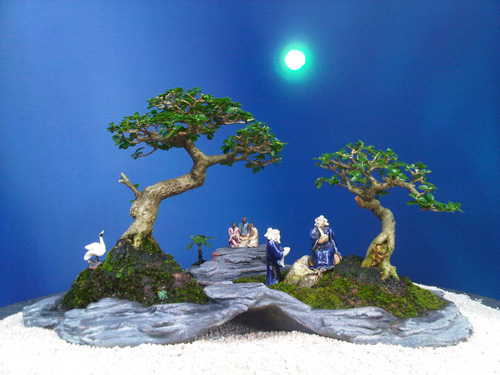 This photo is from Kiki Bonsai.
This photo is from Kiki Bonsai.
Win a $25.00 gift certificate to Stone Lantern
Send me (wayne@stonelantern.com) your written critique of the planting in this photo. Try to keep it to 100 words or less. I will pick the winning critique based upon two criteria:
1. Content. How insightful your observations are.
2. Clarity. How clearly and simply you express your observations.
DO NOT PUT YOUR CRITIQUE IN THE COMMENTS BELOW. Email it to me at wayne@stonelantern.com. Put ‘Critique’ in the subject line.
You will become famous
I will post the winning critique and perhaps one or two others that I like. I may also offer my own critique.
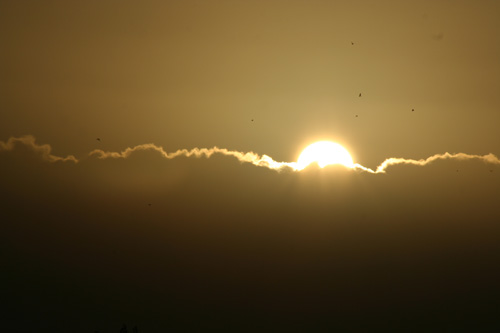
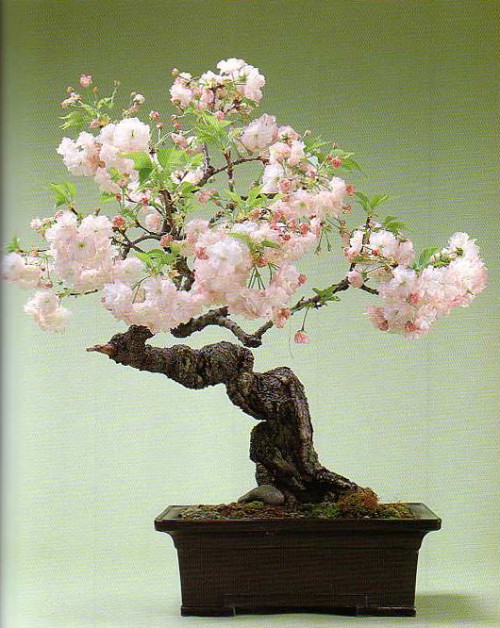

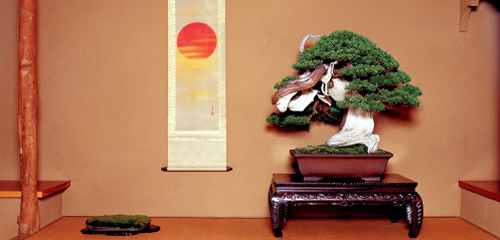 Photo from Crespi Bonsai (see September 10)
Photo from Crespi Bonsai (see September 10) Sep 30 – Oct 3:
Sep 30 – Oct 3: 
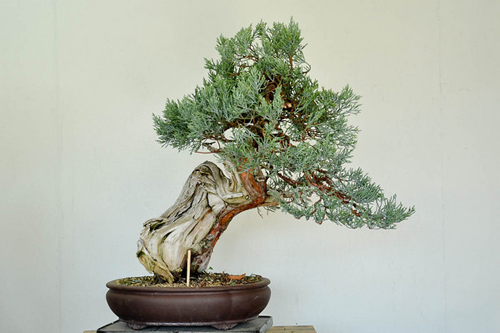 Before.
Before.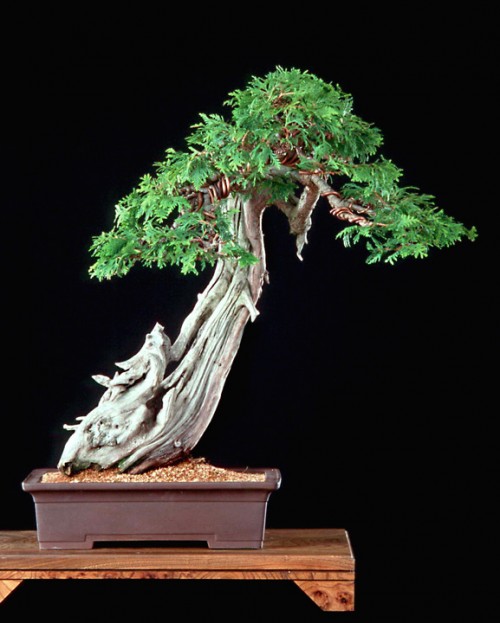
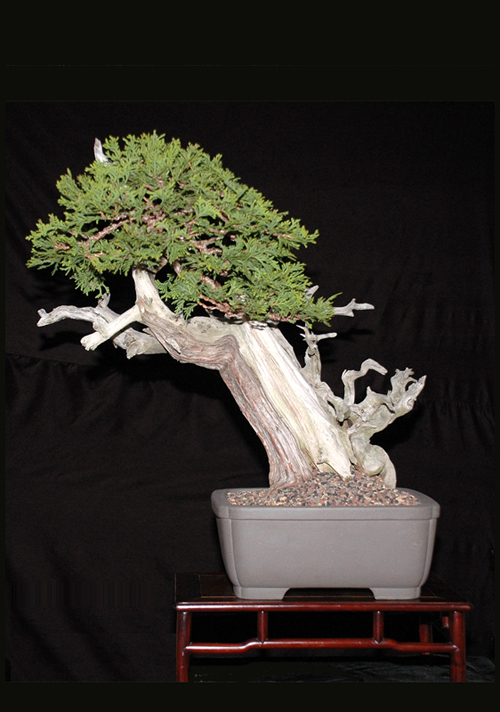

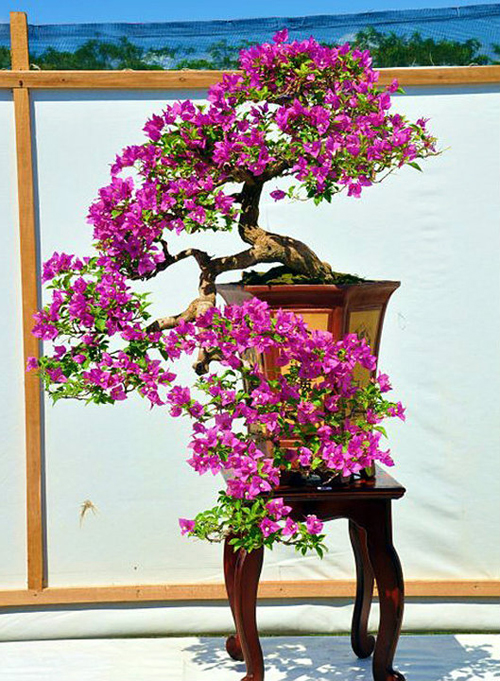
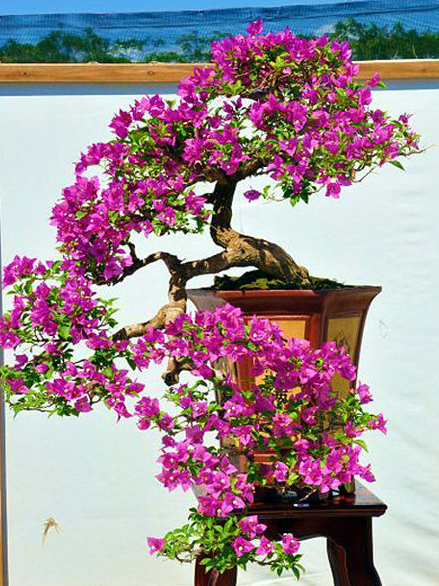
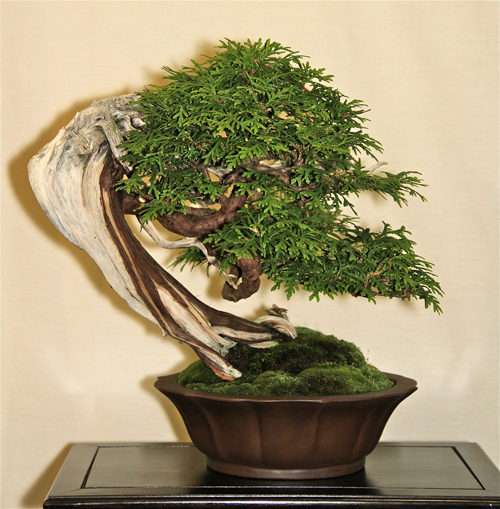
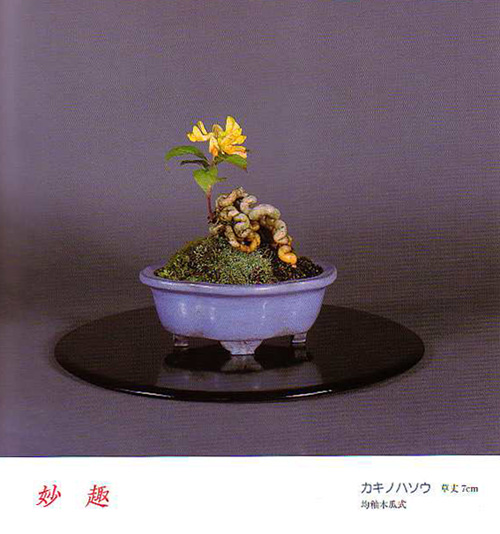 My Japanese is a little rusty (actually more like non-existent), so I have no idea what this little gem is. However, thanks to
My Japanese is a little rusty (actually more like non-existent), so I have no idea what this little gem is. However, thanks to 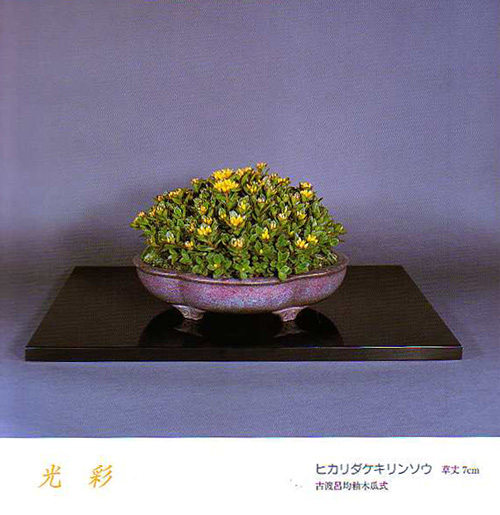 Here’s another one. Same book. Same problem (ie, no problem).
Here’s another one. Same book. Same problem (ie, no problem).